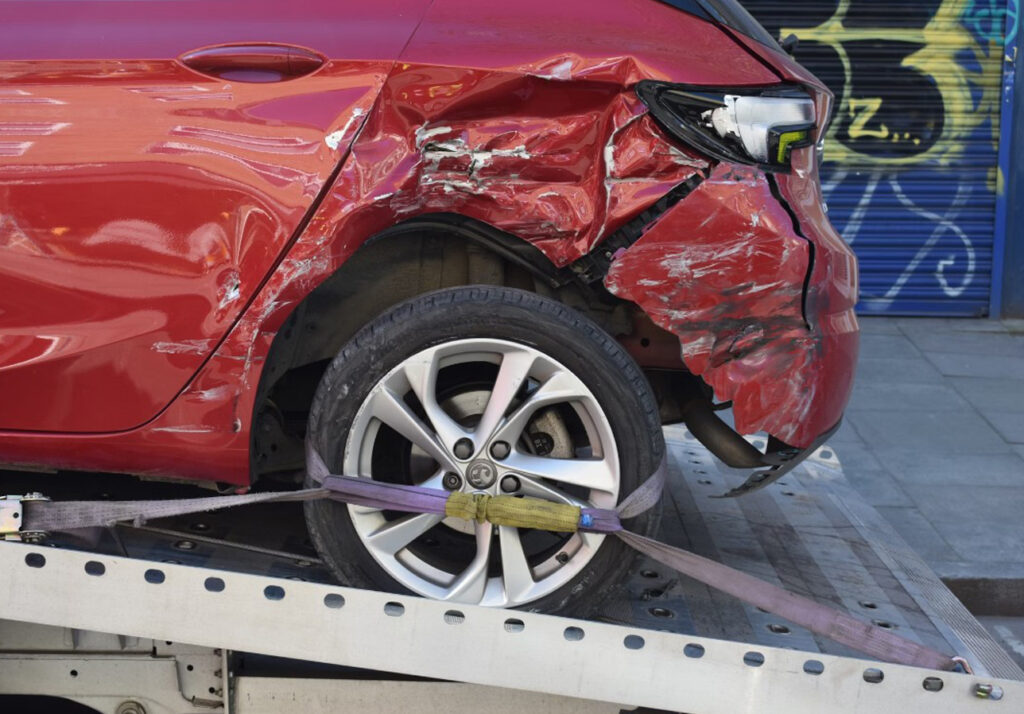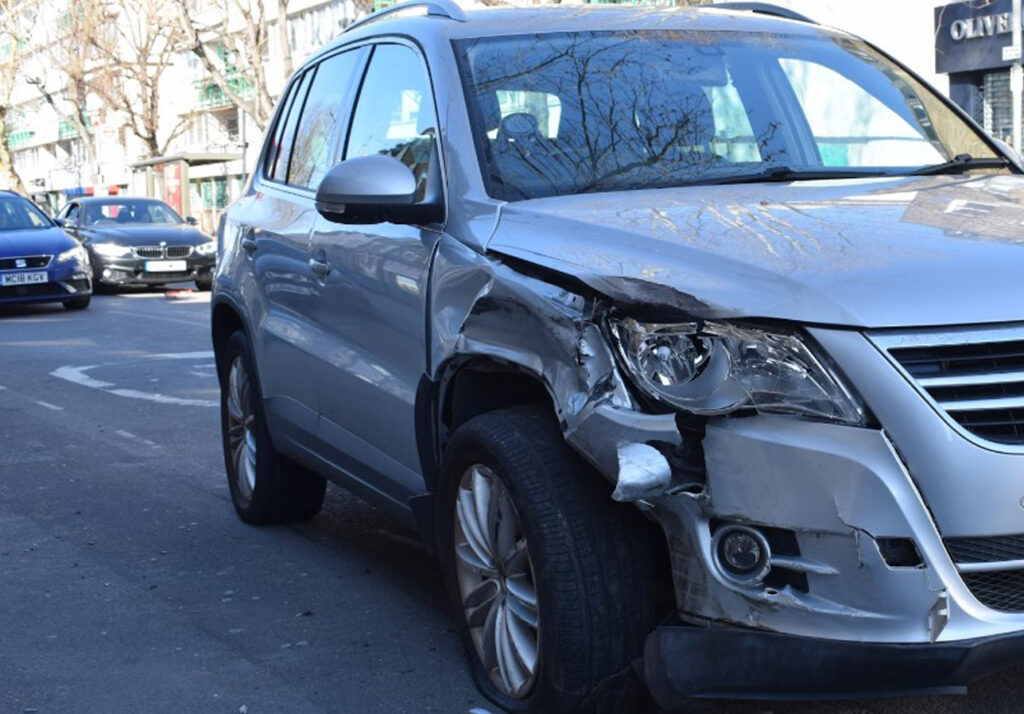The car insurance market plays a vital role in ensuring drivers are protected from the financial consequences of accidents. While private insurers dominate the sector in many countries, a government owned and run car insurance system would offer significant advantages for consumers. I will outline several key reasons why a government run system would be more beneficial than the current private system.
Affordability For All: One of the most compelling reasons for government owned car insurance is its potential to provide more affordable coverage. Private insurance companies are profit driven entities, meaning their primary goal is to maximize profits. In contrast, a government run system would operate not for profit, focusing solely on covering costs. This could lead to lower premiums, as the absence of a profit motive would remove unnecessary financial burdens on policyholders.

Universal Coverage: In a private system, many drivers struggle to obtain coverage, especially those with poor driving records, younger drivers, or individuals from low-income communities. Private insurers label such groups as “high-risk,” charging exorbitant premiums or outright denying coverage. A government-owned insurance system, by contrast, would ensure universal access, offering coverage to all drivers, regardless of their background. This inclusiveness would provide a safety net for individuals who are marginalized by private insurers, promoting fairness and equality on the road.
Stability And Accountability: Government run insurance would offer the stability that private companies cannot guarantee. In a competitive private market, insurers are constantly adjusting premiums, cancelling policies, or going out of business. Policyholders suddenly find themselves without coverage or facing unpredictable and justified rate hikes. A government system, however would prioritize long-term stability. It would also be subject to public accountability, ensuring that decisions are made in the best interest of citizens.
Streamlined Processes And Reduced Bureaucracy: Private insurance companies often create complex layers of bureaucracy, resulting in inefficiencies and delays when handling claims. The need to process claims through multiple departments, third-party contractors, or adjusters which causes unnecessary complications for policyholders. A government-run insurance system, on the other hand, would have the opportunity to streamline processes, reduce administrative overhead, and simplify the claims process. By focusing on service rather than profit, the government would make filing a claim faster and less stressful for citizens.
Lower Administrative Costs: Private insurers spend considerable resources on marketing, executive salaries, and bonuses for employees, which are all factors that contribute to higher premiums. In contrast, a government run car insurance system would only incur lower administrative costs since it would not need to fund expensive marketing campaigns or extravagant compensation packages. Those savings would be passed on to consumers in the form of lower premiums.
Elimination of Discriminatory Practices: Private insurers base premiums on factors beyond a driver’s control, such as age, gender, and geographic location, which can result in discrimination. For example, young male drivers ty run system would eliminate these discriminatory practices by setting standardized rates based on driving history and other relevant, non-discriminatory factors. This would ensure fairness and equality for all drivers, focusing on actual risk rather than demographic characteristics.
Focus on Public Safety: Private insurance companies are primarily concerned with financial risk rather than public safety. Government run car insurance, however, could place a greater emphasis on promoting public safety initiatives, such as road safety campaigns, defensive driving courses, or incentives for installing safety features in vehicles. By aligning public policy goals with insurance practices, the government could actively work to reduce accidents and fatalities on the road, benefiting society as a whole.
Profit Reinvestment Into Public Services: In a private system, any profits generated are distributed to shareholders or invested in the company’s growth. A government owned system, by contrast, would reinvest any surplus funds into public services such as road maintenance, healthcare, or infrastructure improvements. This would create a positive feedback loop where the system directly benefits the public, reinforcing the idea that car insurance should serve the common good rather than corporate profits.
Government-owned car insurance is not a new concept, in fact, it has been in place for many years in various parts of the world. These government run systems are designed to ensure that all drivers have access to basic and affordable auto insurance. Here are some examples of where this is already implemented:

CANADA
Saskatchewan Government Insurance (SGI): A government-owned insurer providing mandatory basic auto insurance to all drivers in Saskatchewan, with the option to purchase additional coverage through private insurers.
Manitoba Public Insurance (MPI): Manitoba drivers are insured through MPI, a government-run program that provides basic mandatory coverage, with additional coverage available privately.
Insurance Corporation of British Columbia (ICBC): ICBC provides the basic mandatory insurance in British Columbia, while private insurers offer additional coverage.
UNITED STATES
Hawaii Joint Underwriting Plan (JUP): A government-supported program that provides auto insurance to high-risk drivers who are unable to obtain coverage in the private market.
Many U.S. states also have high-risk insurance pools, which ensure drivers who cannot find insurance through private companies have access to coverage, although this is often a mix of private and government regulation.
NEW ZEALAND
Accident Compensation Corporation (ACC): New Zealand’s government-run program covers personal injuries from motor vehicle accidents, though private insurers handle property and vehicle damage. ACC ensures medical coverage for injuries related to car accidents, regardless of fault.
AUSTRALIA
Queensland’s Compulsory Third-Party Insurance: This state-run scheme ensures that all drivers have third-party insurance for injuries caused to others in motor vehicle accidents. The program is government-regulated, but private insurers issue the policies.
As your representative, I will push for a government-owned and operated car insurance system because it represents a bold step towards a fairer, more affordable, and equitable society. We deserve a system that works for us, not for profit. By removing the profit driven motives of private insurance companies, we can lower premiums, ensuring that every driver, no matter their income or background has access to reliable, affordable coverage. It’s time to end discriminatory practices and build a system that treats all drivers fairly.
Universal coverage means that no one is left behind. Whether you are a new driver, considered high-risk, or simply struggling to keep up with rising insurance costs, you deserve protection. By focusing on safety, fairness, and the well-being of every citizen, we will create a system that not only provides financial relief but also prioritizes road safety and accountability.
I am committed to pushing for this change because it is not just about insurance, it is about building a society that values fairness, affordability, and security for all. Together, we will make this vision a reality and ensure that everyone, regardless of their circumstances, has access to the protection they deserve. When elected, I will fight for a government run car insurance system that puts the people first.

